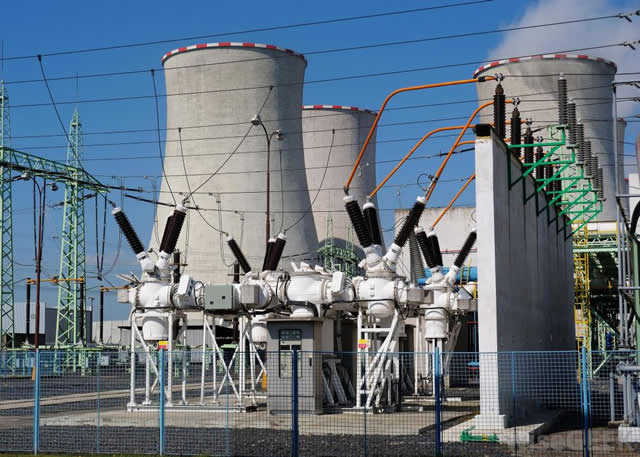A 1,250-megawatt gas-fired power plant built by billionaire businessman Deji Adeleke is now complete and awaiting connection to the national gas grid.
Once completed, the $2 billion project could become a powerful tool in addressing Nigeria’s chronic electricity deficit—and a catalyst for job creation, enterprise growth and improved living conditions.
For years, Nigeria has battled a persistent power paradox. exceeds despite While the country boasts an installed generation capacity of 13,000 MW, actual electricity delivery to the grid rarely exceeds 5,000 MW due to poor infrastructure and gas supply issues.
The problem is akin to owning a well of water but drawing from it through a tiny, leaky tap. The result? Homes remain in the dark while businesses spend millions powering generators.
This new 1,250 MW power plant promises a shift, essentially adding a bigger tap to the national well. If fully integrated with the grid, this facility could not only boost national supply but also help stabilise electricity in underserved places.
A boost for the south-west and beyond
Strategically situated in Ondo State, the plant is expected to serve the Southwest region and parts of central Nigeria, depending on transmission capacity.
Industrial hubs in Ondo, Ekiti, and Osun States—areas most affected by unstable power supply—stand to benefit greatly. The Transmission Company of Nigeria (TCN) will help to distribute the additional energy across these regions.
For thousands of small businesses that rely on petrol generators, this shift could help cut operational costs and expand output. Artisans, welders, cold room operators, and digital businesses will have access to steady public power and work more efficiently.
A ripple effect
For households and communities, better electricity access also means improved healthcare delivery, education services, and longer shelf life for perishable goods.
Additionally, the plant is projected to create over 2000 direct jobs for engineers and skilled workers, with more opportunities likely in logistics, equipment maintenance and local service provision.
A landmark for independent power production
In comparison to publicly traded generation companies like Transcorp Power and Geregu Power, which have capacities of roughly 972 MW and 435 MW respectively, Pacific Energy’s existing plants total 923 MW. The addition of this new 1,250 MW facility would elevate Pacific Energy to become one of Nigeria’s largest independent power producers.
The project is not without challenges: in 2023, turbine parts worth around $5 million were stolen from the site, causing a major delay. Adeleke also faced slow government processes, including environmental permit delays, issues he says were resolved through persistence and high-level engagement.
There are also operational challenges too. Securing a reliable gas supply and integrating into the national grid pose a hurdle. Stakeholders warn that without swift action on gas infrastructure, the facility’s potential could remain untapped.
But if the gas linkage is completed on schedule, the plant could begin feeding electricity into the national grid as early as 2026—offering relief to a nation hungry for power and lighting a path toward more inclusive economic growth.
A new 1,250-megawatt gas-fired power plant built by billionaire Deji Adeleke is set to connect to Nigeria's national gas grid. The $2 billion project aims to address Nigeria’s ongoing electricity shortage and serve as a catalyst for job creation and improved living conditions. Despite Nigeria's 13,000 MW installed capacity, poor infrastructure and gas supply issues limit actual delivery to around 5,000 MW. This plant intends to enhance electricity access nationwide, especially in southern and central Nigeria, benefiting industrial hubs and reducing reliance on costly generators. It promises job creation, improved services, and a boost for local businesses and communities.
This project positions Pacific Energy as a significant independent power producer in Nigeria. However, challenges such as theft of turbine parts, government permit delays, and gas supply integration remain. Timely resolution of these hurdles is crucial to leverage the plant's full potential. If linked to the national grid as planned, the plant is expected to be operational by 2026, offering much-needed power supply and fostering economic growth.






